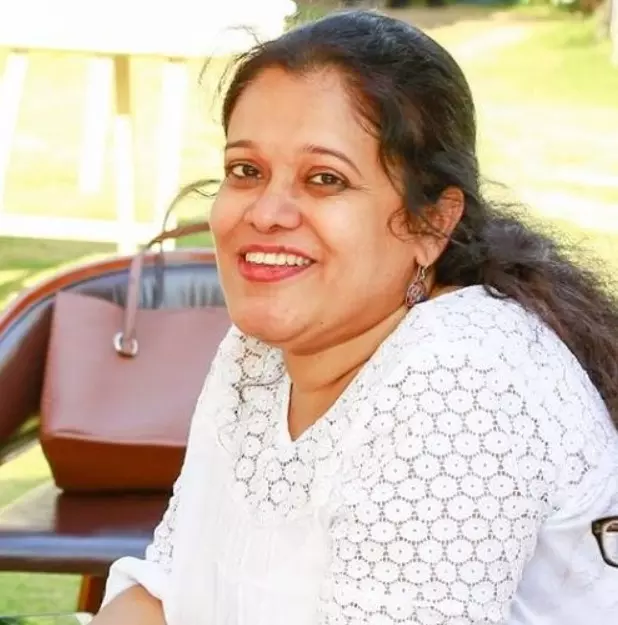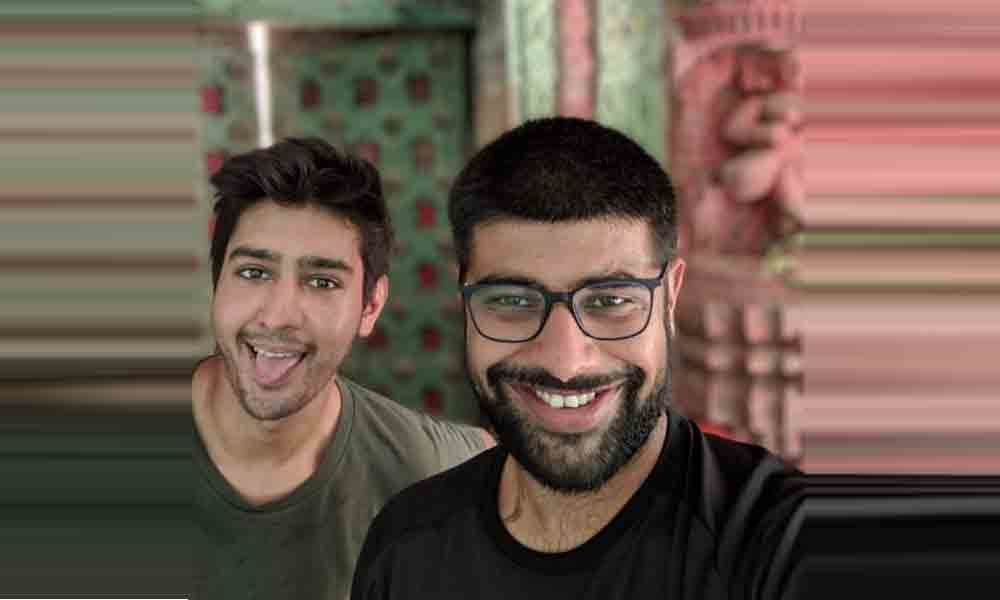Live
- Rising mercury levels, low voter turnout worrying BJP?
- Visakhapatnam: Alliance MP candidate vows to push growth of IT sector
- 23 weapons seized in the wake of elections: District SP Gaikwad
- Parvathipuram: Calls to protect spirit of democracy
- Congress’ ‘Ghar Wapsi’ strengthening party at grassroot level: Jagga Reddy
- Cops to look into role of politicos in phone-tapping case
- ‘Basti plan’ must be implemented: Ronald Rose
- Visakhapatnam: TDP Bheemili MLA says people in need of change
- Voting is not only right but also responsibility, says AP CEO
- ECI censures Minister Konda Surekha
Just In
'Bhagwaan ke Pakwaan – Food of the Gods' is not a cook book. It is not just about recipes though it does have a few dishes and their preparation explained; it is not a story book, though it has its share of legends and folklores retold; it is a bit of everything – part travelogue, part anecdotal, and part recipes. The authors Devang Singh, a photographer, who contributed some amazing pictures from across the country and Varud Gupta, whose casual narrative spiked up with humour keeps up the interest of the reader as it takes us through the diverse customs and traditions involving food and religion.
As the disclaimer goes the book does not just speak of the food that is served as bhog to the Gods, but is also the food that is traditionally cooked, influenced by faith. "The Zoroastrians have food that is prepared for the souls departed. In Spiti, due to a history of scarcity, some Buddhist monks still consume meat. When the Baghdadi Jews came to India, local ingredients added quirks to their kosher diet. The temples of Odisha beat to the rhythm of chhappan bhog; fifty-six dishes prepared daily for the Lord of the Universe, Jagannath. And in the Karbi tribe, rice, especially rice beer, is the life blood of the community." The slightly persuasive, slightly quirky prologue sets the pace for the book.
Devang, with a degree in history, but a far more love for photography and Varud born in a business family but decided to travel and explore cuisines and culture are like breath of fresh air. The two do not follow the accepted style or popular way of writing. In going ahead, irreverent to method, conversing with the reader and looking at people, their habits and customs in a non-judgemental fashion, revealing interesting and not so well known facets of lives of people – they present an overview of India and its cultural abundance through the eyes of young India; the generation they represent.
So when they bring forth the habits and food of Karbi tribe that is caught in the middle of tradition and modernity – with their animal sacrifice and the reading of the entrails by the Head of the tribe, and the church at Rongmesak, the once upon a time village of fire where education made inroads, where prayers are followed by traditional dances and the custom of blessing grains, which too is continued amongst baptised church goers, and prayers are conducted for India during the month of August – the statement by the author how 'becoming Christian has made this community no less Indian' is reiterated with the stories.
From the origin of Zoroastrian culture, the importance of past to protect their future, Indian Parsis and their reverence for fire, their emphasis on finding balance that one finds in their food philosophy of Khaatu-Meethu-Teekho (sour-sweet-spicy) is all there to read. The 56-Course Meal – the Lord Jagannath's bhog in Puri is what legends are made of. Outstanding pictures and a matching description make the grand scene unfold before us. Reading the book is a visual treat and will surely make the reader hungry for more.

© 2024 Hyderabad Media House Limited/The Hans India. All rights reserved. Powered by hocalwire.com









